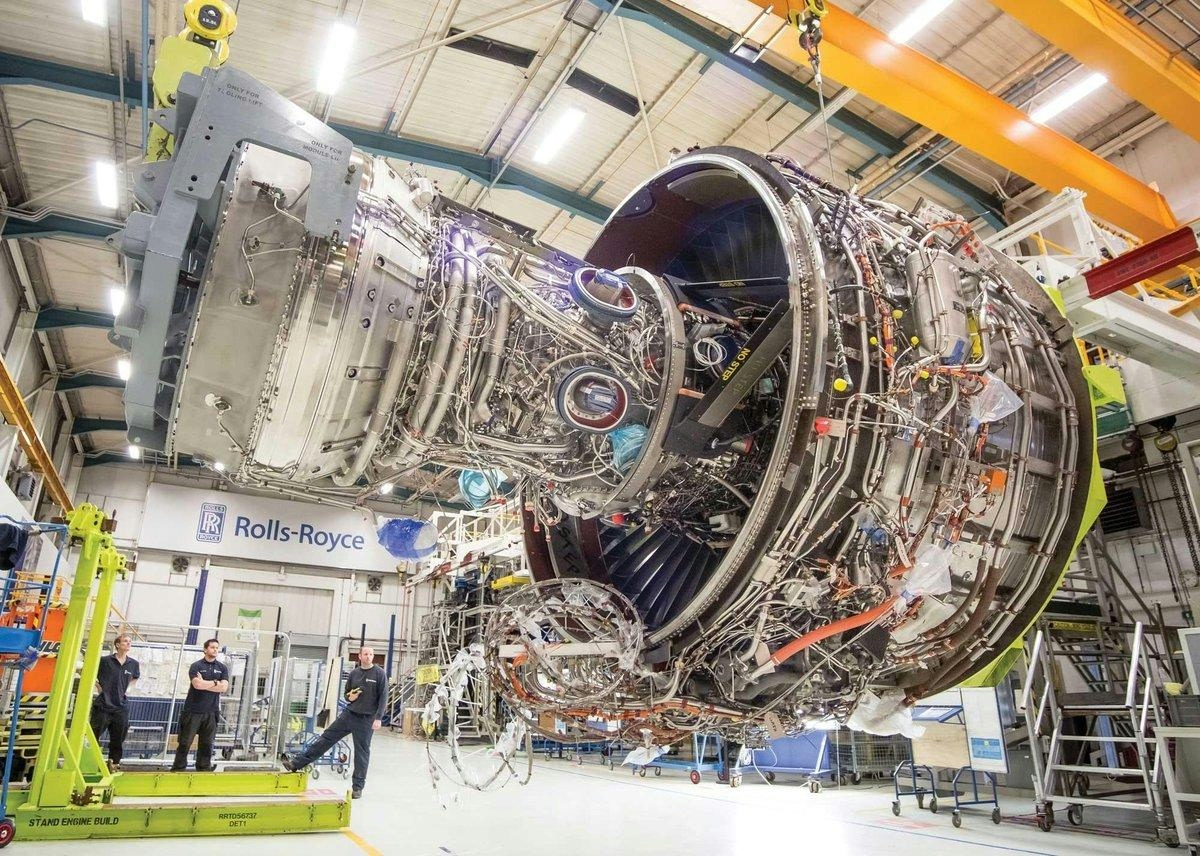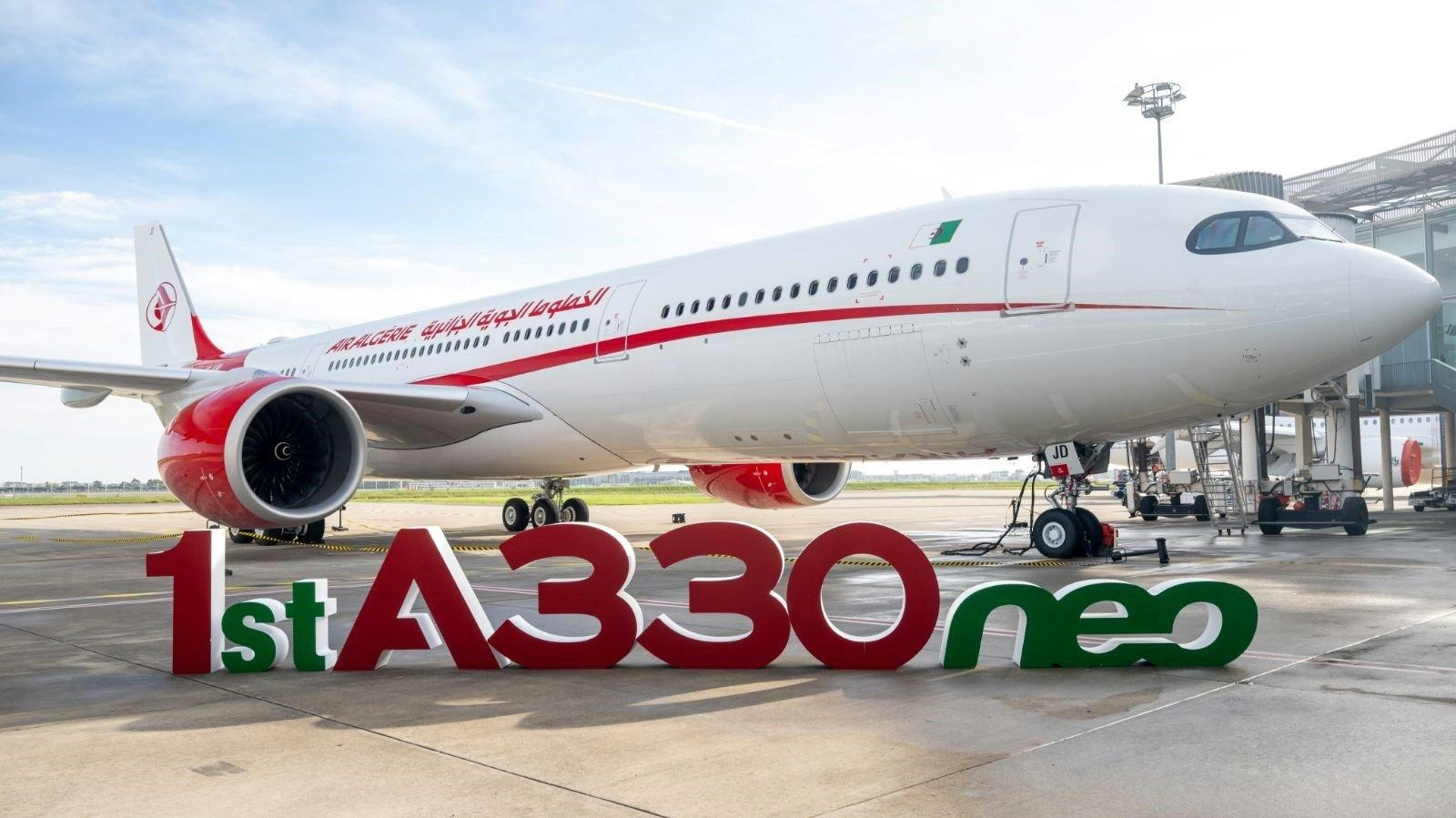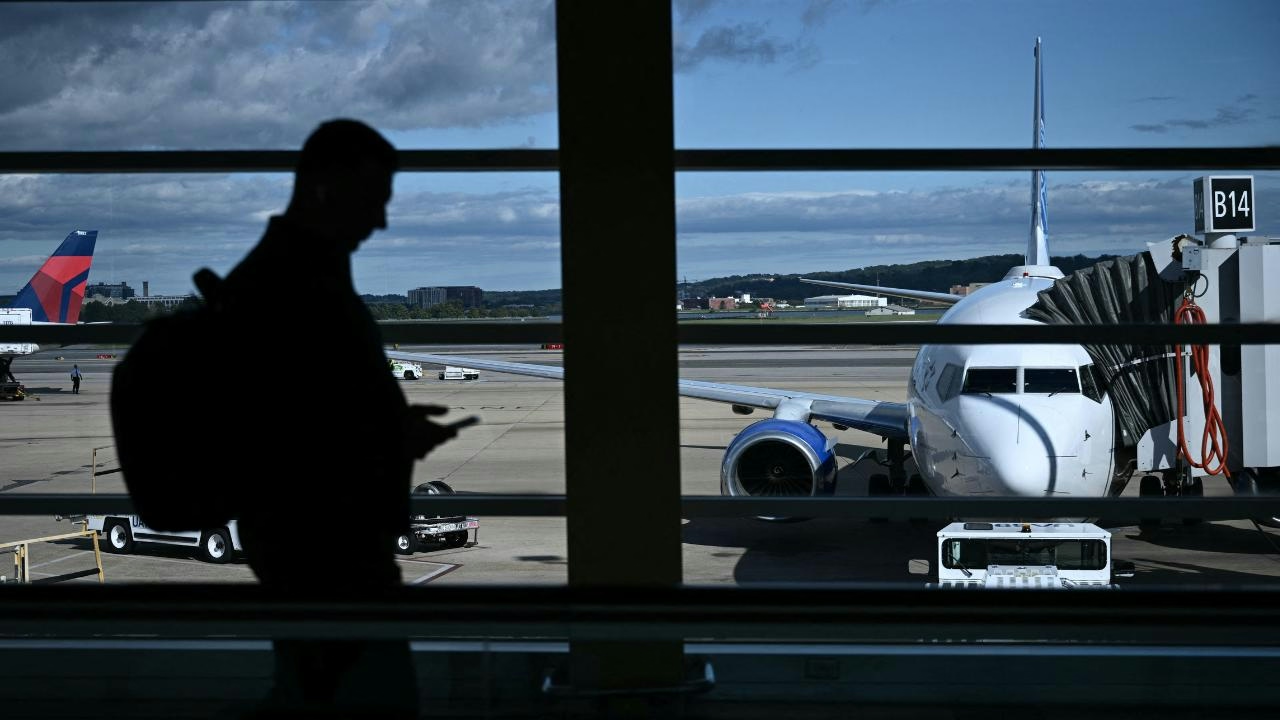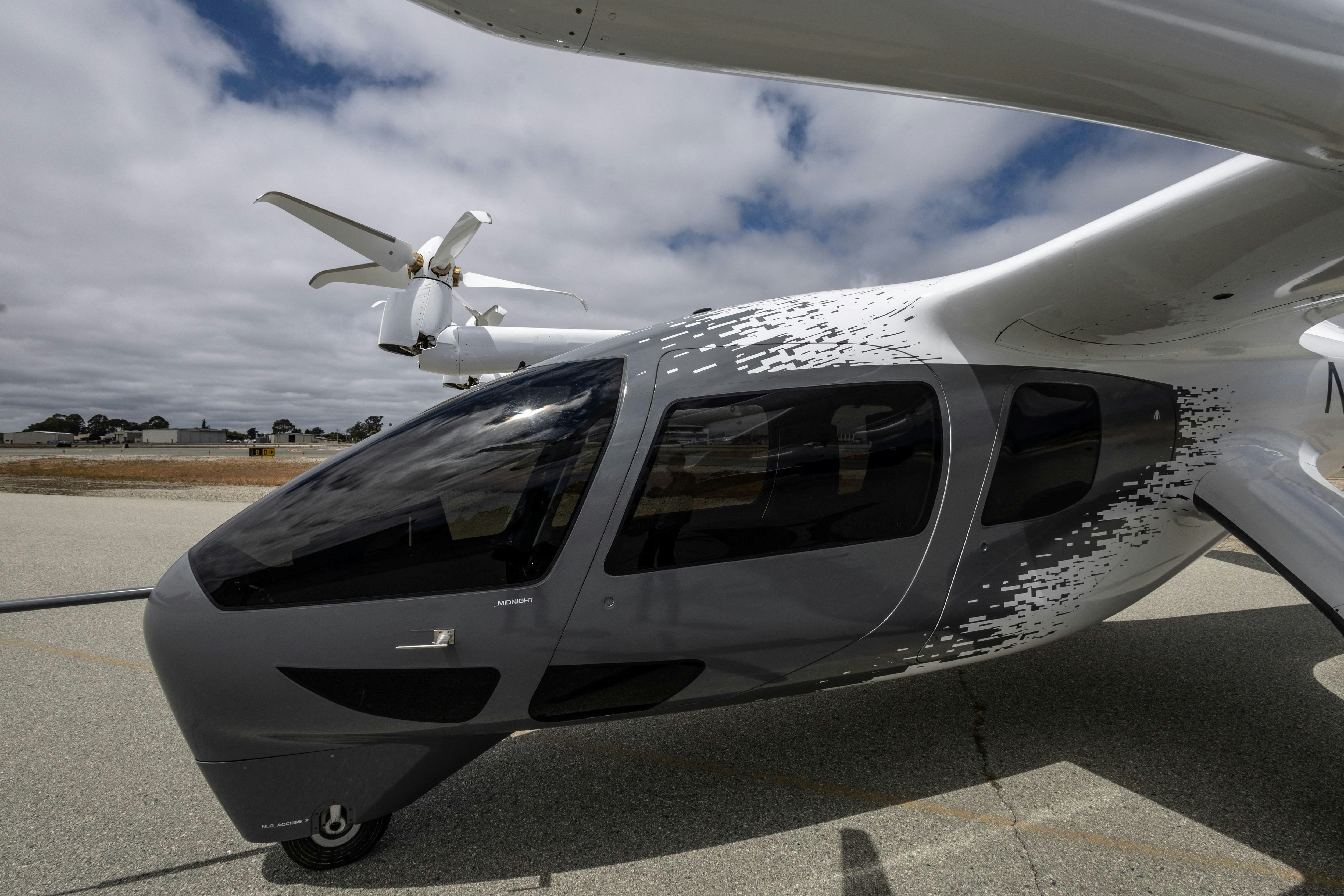
AeroGenie — 您的智能副驾驶。
热门趋势
Categories
Rolls-Royce Relies on Dust Testing for Trent XWB-97 Durability Upgrades

Rolls-Royce Advances Trent XWB-97 Durability Through Rigorous Dust Testing
Rolls-Royce has reported promising results from its ongoing dust-ingestion testing program aimed at enhancing the durability of the Trent XWB-97 engine. Designed exclusively for the Airbus A350-1000, the Trent XWB-97 has faced scrutiny over its performance in harsh, sandy environments, particularly in the Middle East where carriers such as Etihad Airways and Qatar Airways operate the aircraft. Emirates Airline, however, has withheld orders for the A350-1000, citing concerns about engine longevity under such conditions.
At the 2023 Dubai Airshow, Emirates president Sir Tim Clark emphasized that the airline would only consider the A350-1000 once the Trent XWB-97 could reliably achieve between 2,000 and 2,500 cycles on-wing. In response, Rolls-Royce accelerated a comprehensive durability upgrade program, structured in three phases, to extend the engine’s time-on-wing to 2,000 cycles in challenging environments and up to 3,000 cycles in more benign conditions. This represents a significant improvement over previous averages of 1,000 and 2,000 cycles, respectively.
The first two phases of these upgrades are already in service, while a third, more extensive set of enhancements is in advanced development and slated for introduction in 2028. Key modifications include redesigned high-pressure turbine (HPT) blades featuring improved internal cooling passages, the incorporation of heat-resistant ceramic-matrix composites in the HPT seal, and refinements to the combustor aimed at optimizing temperature distribution and reducing localized hotspots that accelerate wear.
Testing Methodology and Industry Implications
Phil Curnock, chief engineer for the Trent XWB, described the ongoing dust-ingestion testing at Rolls-Royce’s Testbed 80 facility in Derby, UK, as progressing very well. The upgraded engine has surpassed 1,000 cycles and continues to operate, with results meeting or exceeding expectations. Curnock highlighted the significance of these outcomes, stating that the technologies represent a key step forward in engine durability.
To ensure the testing accurately reflects real-world operating conditions, Rolls-Royce refined its procedures prior to the latest campaign. Early tests, which employed larger blade tip clearances, yielded unreliable data. Adjustments were made to variables such as sand quantity, introduction temperature, and engine cycle profiles to better simulate in-service challenges. Curnock emphasized the importance of grounding the test parameters in operational evidence to maintain confidence in the results.
The positive reception to these advancements has reinforced Rolls-Royce’s competitive position in the widebody engine market. The company’s efforts coincide with similar durability initiatives by rivals such as GE Aerospace, which is conducting dust-ingestion tests on its Passport turbofan and open-rotor engines, alongside the introduction of the Global 8000 variant. Rolls-Royce’s progress with the Trent 1000 XE standard further bolsters its standing against GE’s latest developments.
As the Trent XWB-97’s enhanced components continue to demonstrate resilience under demanding conditions, Rolls-Royce is positioning itself to meet the stringent expectations of major carriers and maintain its leadership in the competitive landscape of widebody aircraft propulsion.

Turkey Blocks Delivery of Apache Helicopters to India

Air Algérie Takes Delivery of First Airbus A330-900

Airlines Prepare for Disruptions Amid Government Shutdown Ahead of Holidays

Dubai Airshow Anticipates Strong Orders Despite Delivery Delays

Phoenix Aviation Obtains $592 Million Loan for Expansion

EASA Launches Consultation on Artificial Intelligence in Aviation

Swissport Names Chris Severson Chief Strategy and Transformation Officer

Rolls-Royce Unveils Silent Rotor Air Taxi for 2026 Launch

Qatar Airways and Emirates Place Major Wide-Body Jet Orders Amid GCC Aviation Growth
